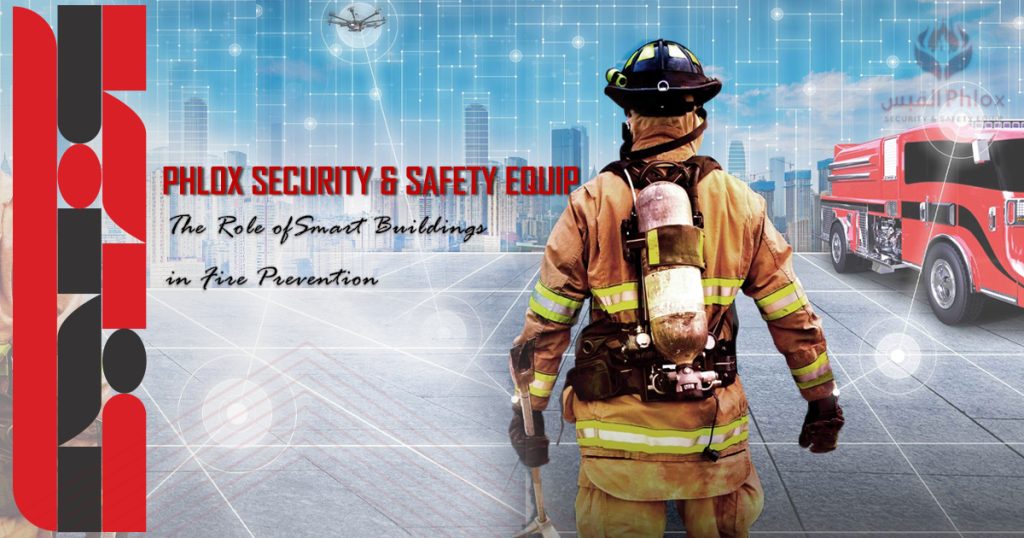
The Role of Smart Buildings in Fire Prevention
In an era defined by technological innovation, the integration of smart building technologies is revolutionizing the way we approach safety, and one critical aspect is fire prevention. Furthermore, smart buildings are designed to enhance efficiency, sustainability, and, importantly, safety. In this blog post, we delve into the role of smart buildings in advancing fire safety measures.
Smart Buildings Early Detection Systems:
Smart buildings are equipped with state-of-the-art fire detection systems that go beyond traditional smoke alarms. These systems utilize advanced sensors and artificial intelligence to detect anomalies such as temperature spikes or the presence of smoke. By providing early warnings, these systems enable swift response measures, reducing the risk of extensive damage and ensuring the safety of occupants.
Automated Emergency Response:
The integration of smart technologies allows for automated emergency response mechanisms. However, in the event of a fire, smart buildings can autonomously trigger sprinkler systems, close fire-resistant doors, and communicate with emergency services. This rapid and automated response not only minimizes the time it takes to address a fire but also enhances the overall effectiveness of emergency protocols.
IoT-enabled Fire Safety Devices:
Internet of Things (IoT) plays a pivotal role in fire safety within smart buildings. Smart fire extinguishers can detect the location and intensity of a fire and deploy extinguishing agents precisely where needed. Additionally, IoT-enabled escape route lighting guides occupants to safety by dynamically adjusting paths based on real-time conditions.
Smart Buildings Data Analytics for Risk Assessment:
Smart building leverage data analytics to assess and mitigate fire risks. By analyzing historical data, building management systems can identify patterns and potential hazards, allowing for proactive measures to be implemented. This data-driven approach transforms fire safety from a reactive process to a proactive and preventative one.
Lastly, the integration of smart building technologies has ushered in a new era of fire safety. The combination of early detection systems, automated emergency responses, IoT-enabled devices, and data analytics creates a comprehensive approach to preventing and managing fires. However, as we continue to embrace the possibilities of smart building. We move one step closer to a safer and more resilient built environment.
Related Subjects:
How Smart Firefighting Fits into Urban Planning
Saving Lives with Smart Sensors: The Role of Sensor Technology in Firefighting



